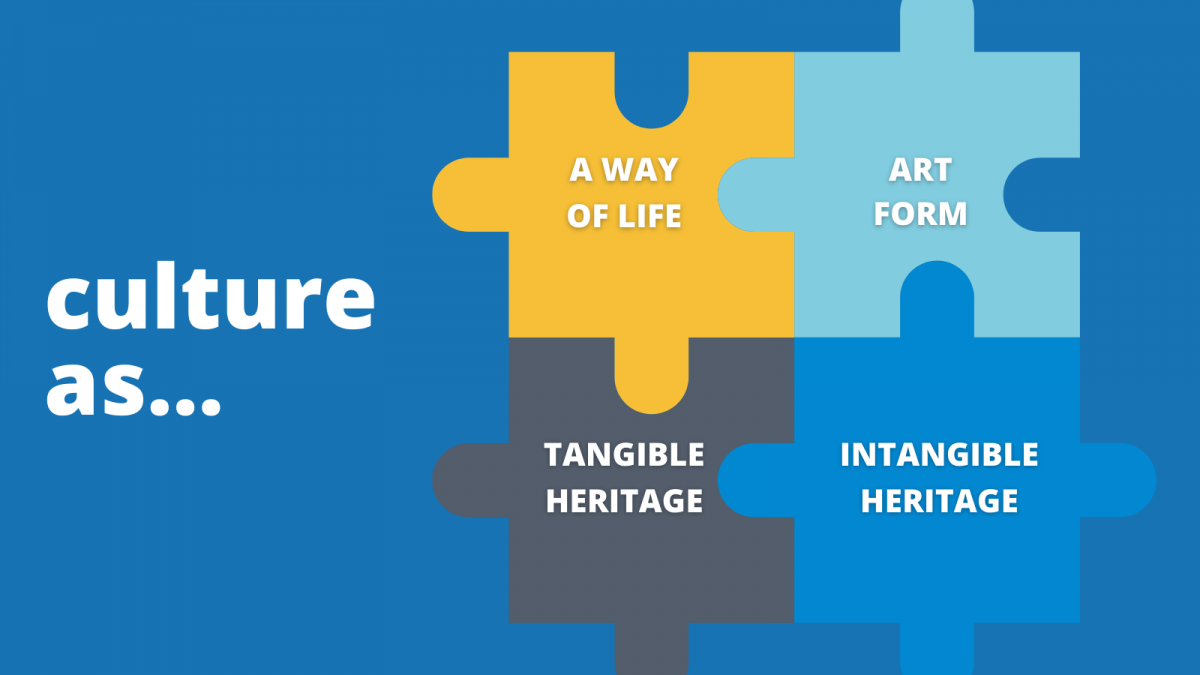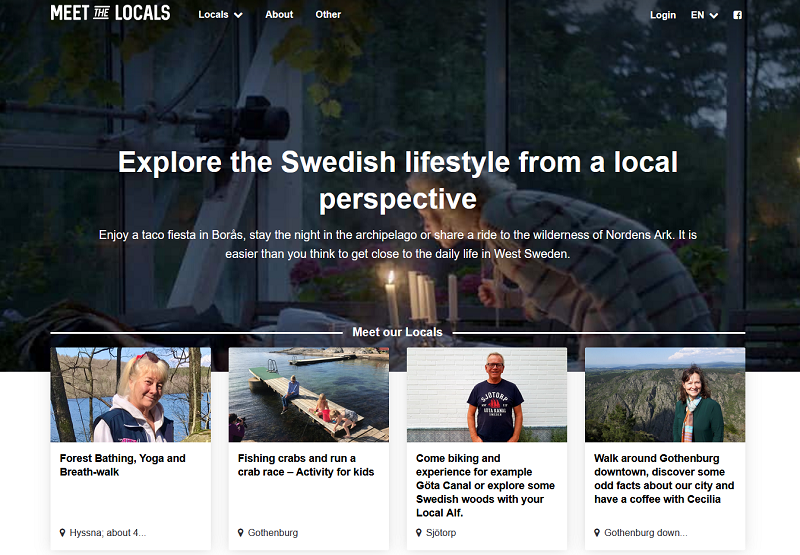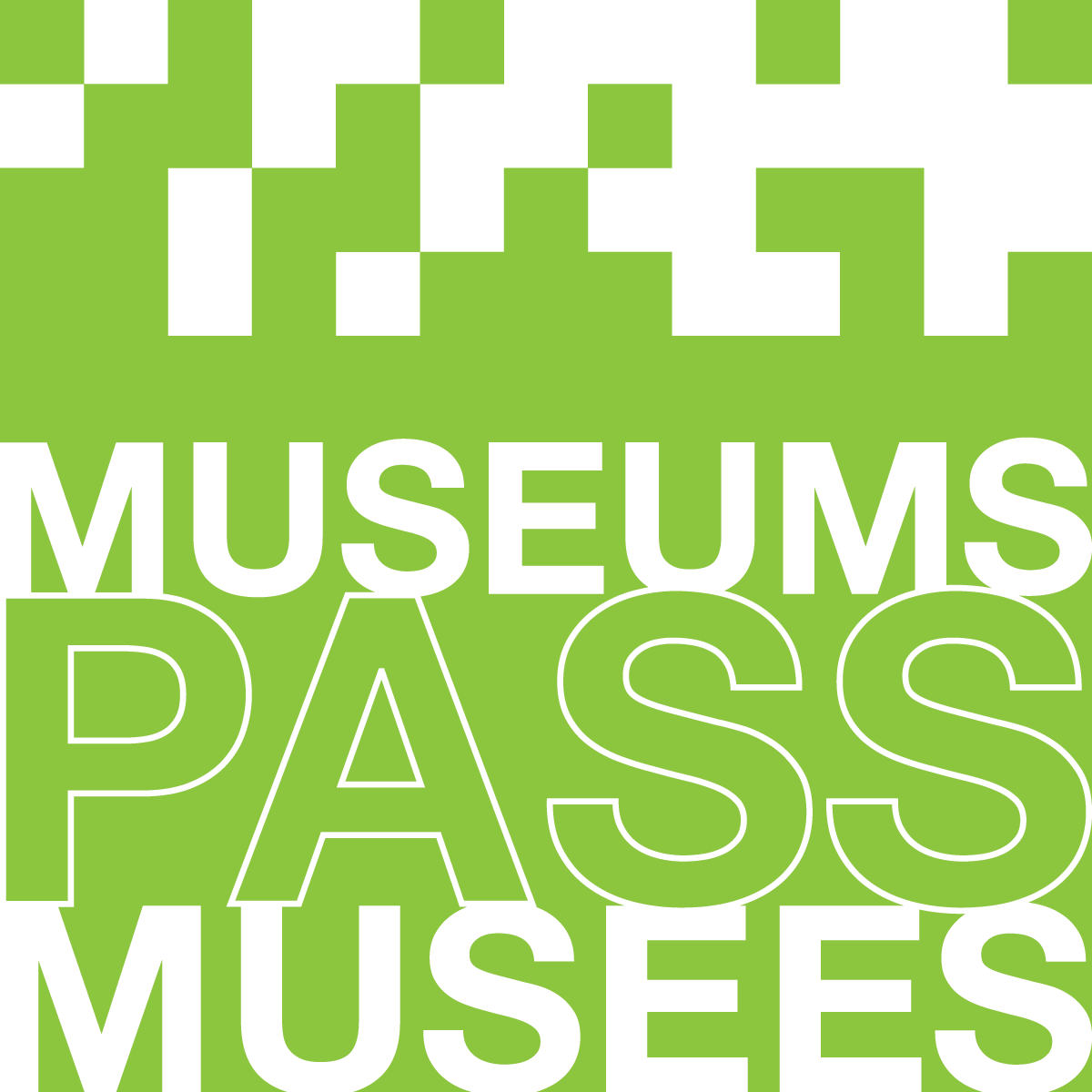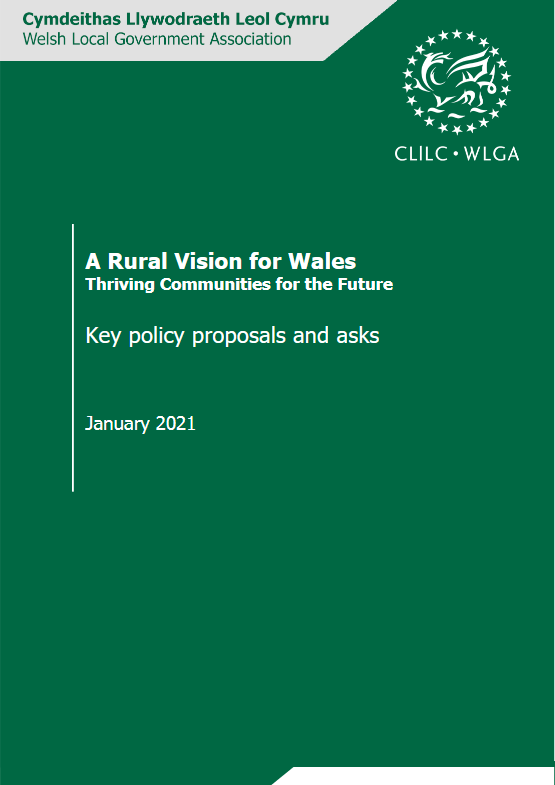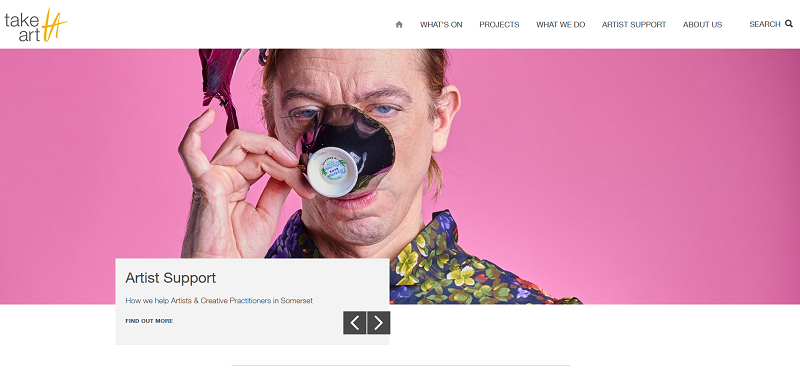Cultural Connections
Exploring How Culture Can Strengthen Rural-Urban Synergies
Learning Guide
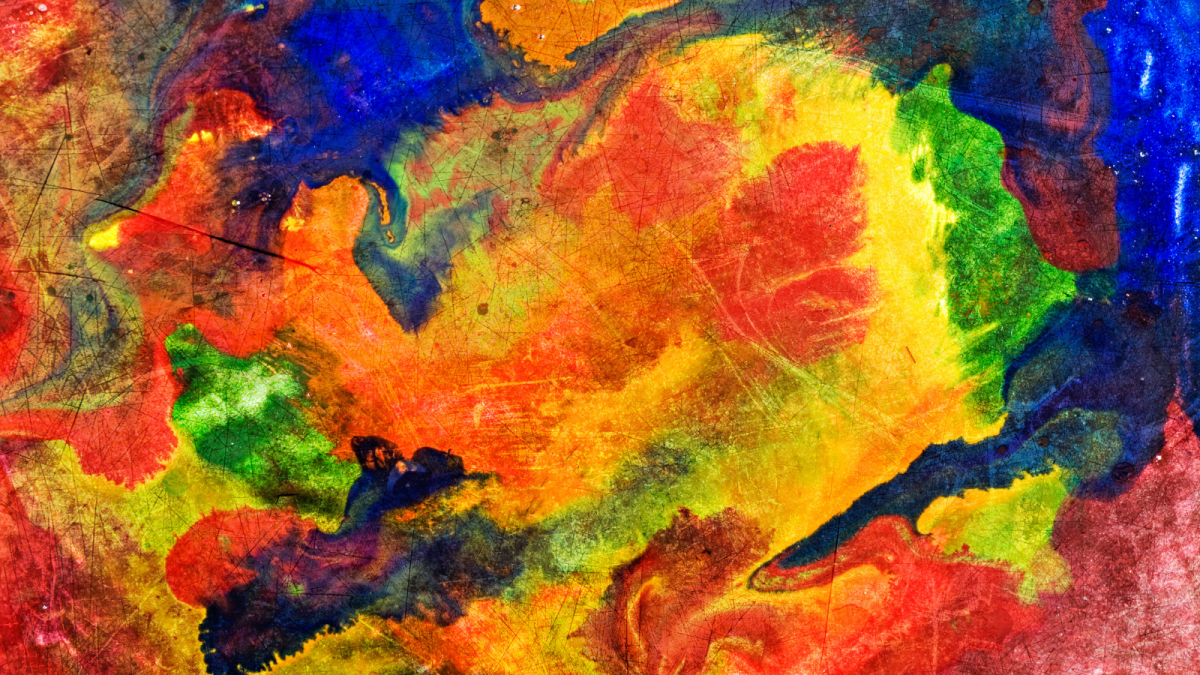
This Learning Guide is based on the following source(s):
- ROBUST Cultural Connections Community of Practice Synthesis Report
Culture can play an important connecting role between rural and urban areas. This Learning Guide illustrates how culture can be used as an element to create rural-urban synergies, and explore the tensions and consequences they bring.
You will learn:
- what culture / cultural connections can be or are
- how what can be understood as culture is defined and explained
- potential forms of cultural connections
- tools to help better connect rural and urban areas through culture
- some best practices of rural-urban cultural connections
Modules
Foundation
ModuleGovernance
ModuleIn-Practice
ModuleTools &
Resources

Cultural connections can be imagined in many different ways. Even though we all have an intuitive understanding of what culture is, it is a difficult concept to explain simply. Defining it and delineating its boundaries is not easy. However, for the purpose of this Learning Guide, the concept of “culture” has been divided into four different but interrelated components:
- Culture as a way of life
- Culture as art forms
- Culture as tangible heritage
- Culture as intangible heritage

Culture as “a way of life”
Here, culture is understood as the values, norms, traditions, rules, actions and ways of doing certain things by a group of people.
These are learned behaviours that are acquired consciously and unconsciously over time. Culture permeates all aspects of social life, creating numerous links between tangible and intangible aspects. One example is in gastronomy/food; the intangible skills and knowledge of gastronomy become tangible in the form of cuisine and dishes (food).
Culture as “a way of life” is very often the basis for the other components of culture. Moreover, cultures are under continuous transformation, as they are influenced by new members, new ideas, new technologies, new climates and new geographies.
Culture as “art forms”
Art forms, art expressions, art performances and creative industries that exist in a certain moment in time and a certain space (from classical forms, such as literature, painting and opera, to contemporary forms such as virtual reality photography, 3D animations and interactive film) comprise culture as art forms.
Culture as “Tangible Heritage”
Buildings, monuments, gardens, public spaces. Here, culture is understood as material objects and spaces that have a value for a certain group or society, due to their symbolic, unique characteristics or the specific impact they had at a certain moment in time or in a certain geographical space. In many countries and regions, the most important or recognised of these received a certain protection status and are labelled under a certain category.
Culture as “Intangible heritage”
In this case, culture is understood as all intangible products, activities and/or ideas (such as methods, crafts, way of doing things, performances, dance, music, oral stories, rituals and traditions) that have a value for a certain group or society, due to their symbolic, unique characteristics or because of the impact they had at a certain moment in time or in a certain geographical space.
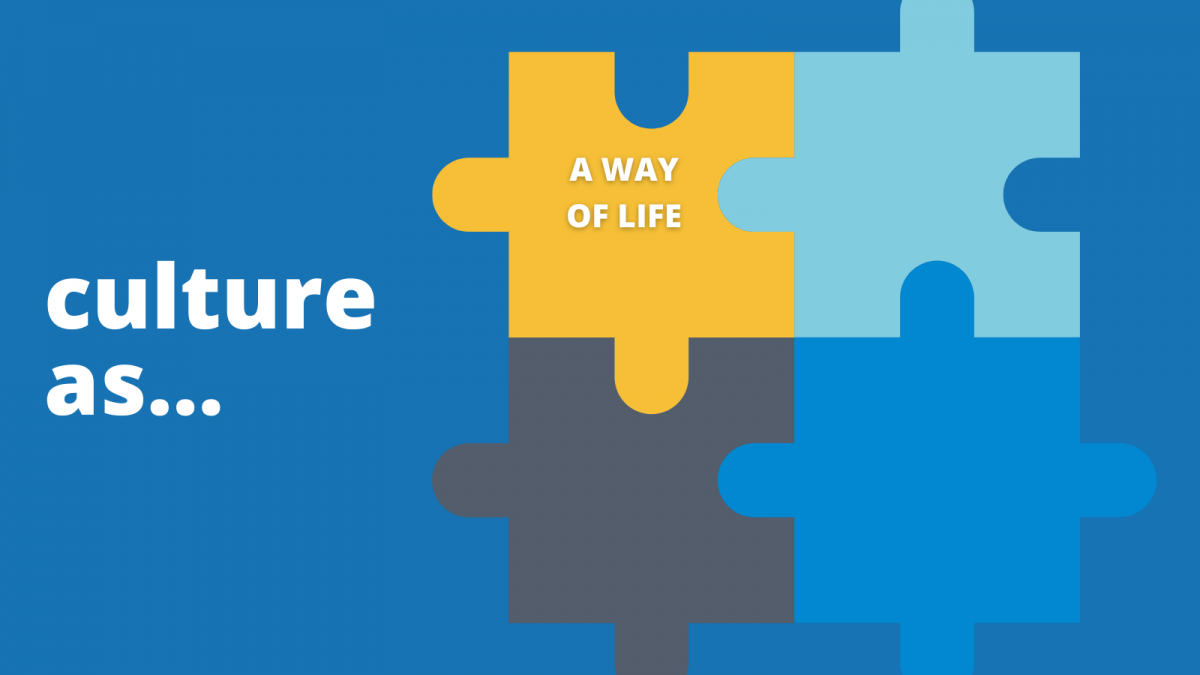

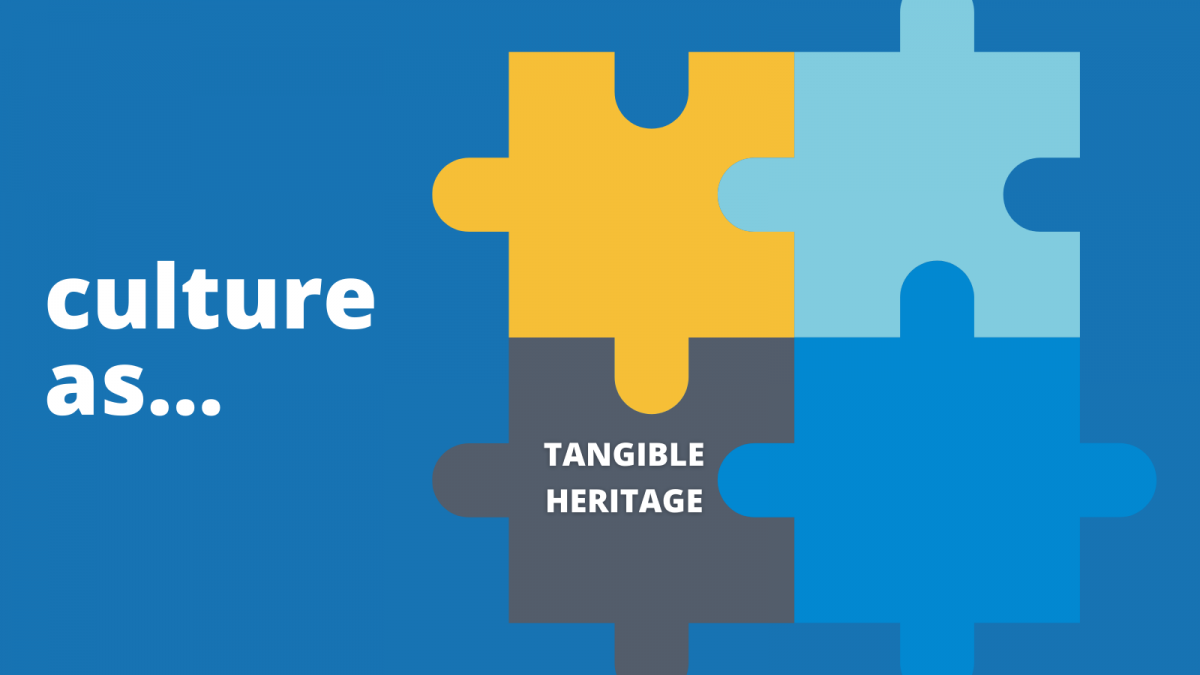


Culture can be used as a connector between and vehicle for communication for rural and urban areas, helping bring their differences and similarities into focus and facilitating a better understanding between the two. This is important, because a better understanding of urban and rural is a precondition for creating strong rural-urban synergies.
A good understanding of rural and urban realities can help avoid and/or reduce social segregation. Poor cultural exchanges, lack of good understanding, increasing inequality and economic disparities are a growing problem both in Europe and worldwide – particularly between rural and urban communities. A society with rising inequality has increased risk of social unrest and conflicts. This is where well-managed cultural connections can help both rural and urban areas, as a vehicle to help build trust and even prevent and resolve conflict.
But a better understanding of the needs and realities of rural and urban areas is not enough in itself for mutually-beneficial rural-urban synergies. In fact, an unhealthy dependency can develop.
An example of this is heritage commodification, where cultural and material resources come to be valued primarily by their commercial potential. In this case, the ability to attract wealthy urban tourists may become the main measure of rural culture value. This can also lead to a form of “cultural fossilisation”, where rural culture and the cultural offers in rural areas are tailored to visitor expectations, who tend to associate rural culture with tradition and folklore, rather than contemporary forms of cultural expression.
Another example is the difference in attitudes towards “rewilding”. Rewilding is a form of ecological conservation that aims to restore ecosystems, and may include controversal methods, like reintroducing species (including predators) and limiting human impact on an area. The ROBUST Cultural Connections Community of Practice discussed experiences with urban residents moving to predominantly rural areas and trying to introduce rewilding practices that clashed with established farming practices and the lifestyles of rural residents.
In these examples, rural areas become a resource for urban areas, leading to a certain dependence with negative long-term implications (i.e., escalating real estate values, affordability issues, over-reliance on tourism as a economic sector).
Policy-makers, practitioners and civil society need to pay attention that the relationships are actually beneficial for everyone involved and not becoming a win-lose situation. In the case of tourism and recreational activities, the extent to which the relationship is symbiotic depends on how and whether the interests of locals and visitors are balanced.
a better understanding of urban and rural is a precondition for creating strong rural-urban synergies

The “Meet the Locals” platform, initiated by the West Sweden Tourist Board, is based on sharing economy ethos. It gathers organisations, apps, Facebook groups and websites that have a common goal to make visitors and locals meet and share experiences (and things) in various forms.
Swedish locals and visitors can use the platform to easily find one another and share local experiences, services and products. The local experiences range from short hikes to long cycling tours, and from visiting a private garden to eating with a local. The platform gives visitors access to a better understanding of the local way of life, community and landscape beyond traditional touristic offers.
There are other platforms available that offer both fee-for-service and free offers with a similar goal to provide an “authentic” local experience, like Showaround and Meet with the Locals (meals in family homes).

Urban and rural areas are tied to specific forms of self-understanding / self-perception. That is, people who live in urban and rural areas often associate themselves with different beliefs and characteristics. While this does not necessarily mean that there are distinct collective identities, there are subtle and less subtle differences in how people relate to themselves, their community and their environment.
Enhancing local and regional identities means making positive connections between people and places, by supporting what makes a certain place distinctive, and what makes cultural life shared. Valorising rural culture and identities means celebrating what is special and alive – enabling rural culture to be a valuable part of the present and not just dwelling on the past.
Unchallenged perceptions of “rural” can perpetuate its implicit association with tradition and folklore. This thinking can hinder innovation and more contemporary expressions of rurality, simply because there is little incentive to innovate and locally-embedded forms of self-understanding are treated in a patronising manner.

Culture can be used to create and strengthen rural-urban synergies, by coordinating the cultural offer and timing at a regional level. This means connecting activities, events, and the people who enjoy them beyond the administrative borders of a certain local government. This helps reduce duplication and unproductive competition, makes better use of resources, and strengthens cultural institutions on the whole.
The challenge for rural areas is that the cultural offer tends to be more physically dispersed and perhaps more niche. This can make it hard for rural cultural sites to attract visitors from further afield, which is only exacerbated by the fragmented regional cultural life.
Without coordination, effort and resources are needlessly expended without contributing to the overall quality of the regional cultural offer. Effective cultural coordination requires identifying institutions and stakeholders who need to be involved, and establishing connections between education, business, and planning.
Cultural connections are fuzzy and difficult to govern. Furthermore, the extent to which culture can and should be governed is open to debate, and the particular solution chosen will likely depend on established political traditions and practices.
Nonetheless, cultural life and the cultural offer are directly and indirectly influenced by governance processes, meaning that culture can be regarded as an object of governance. Culture life requires planning and dedicated funding. Novel forms of cultural governance can be hampered by institutional inertia and assumptions about what forms of culture should receive public funding.

The Museums Pass is a cross-border, integrated regional pass for museums, galleries, castles and cultural sites. It offers access to almost 350 locations in the Rhine River border territory between Germany, France and Switzerland. The annual pass gives access to cultural institutions and events in the Museums Pass network.
The Museums Pass is administered by The Association of Museums-PASS-Musées. The organisation aims to support and promote cultural life in both urban and rural areas by creating a joint offer and promotion platform in this cross-border region. The Museums Pass, Europe’s first tri-national effort of this kind, has been in use since 1999.

Culture and cultural connections contribute to critical thinking and behaviour change. These contribute strongly to education and awareness raising in general. By explaining the strong interlinkages and interdependencies of the environment and human activity, culture can support the transition to a more sustainable way of life.
Culture and cultural connections are key elements in communicating and explaining the urgency to reduce human environmental impact. Beyond informing, these elements can also make environmental values and principles more easily acceptable and attractive.
Culture and cultural connections, in all its forms, have been recognized as key pillars / drivers for sustainable development. Cultural connections can help us rediscover, reinterpret and reuse valuable circular and sustainable production methods that have been used in rural areas in the past. These can provide inspiration for new economic models and ways of life that can function inside the planetary boundaries.

Tourism is an important part of the rural Wales economy, with visitors attracted not only to the natural environment, but also to the prospect of exploring heritage, consuming local food and traditional crafts, and attending festivals and events. However, the economic over-dependence of some communities on tourism was exposed during the 2020 spring lockdown during the COVID-19 pandemic.
When domestic tourism reopened for the shortened summer season, an unprecedented number of visitors from across the United Kingdom flocked to Wales. The record numbers created problems with traffic congestion, littering, trespassing and illegal camping, and provoked a heated debate about the social and cultural impacts of tourism on rural communities.
As a result, a new tourism approach was a high priority for the Welsh Local Government Association, and contributed to their Policy Proposal 4: Sustainable Tourism supporting local communities, businesses and people in the “Rural Vision for Wales: Thriving Communities for the Future”, whose Evidence Report was produced by the ROBUST Mid Wales Living Lab.
Proposals put forward included using smartphone apps to monitor congestion and direct visitors to less crowded sites, promoting less-visited areas to rebalance “hot spot” impacts, developing more culture-based attractions with stronger links to local cuisine and products, and regulating the number of and taxation on holiday homes.

Even though the Tukums municipality (Latvia) is well-known for hosting different cultural events in urban and rural settlements throughout the region, the local administration had yet to develop and define a coherent policy approach that holistically encompassed different varieties of culture. The muncipality changed this as part of their work in the ROBUST project.
There are several factors that limit beneficial relations between rural and urban areas utilising cultural ties and events (an unwillingness to coordinate cultural life in the region in a centralised manner is just one of them). The goal of the strategy was to help preserve the region’s rich cultural and historical heritage by identifying development objectives and priorities in the cultural sector and agreeing on their governance arrangements.
The Living Lab, which was comprised of researchers and local administrators, was involved in the municipality’s activities to address this topic holistically, potentially contributing to improved territorial cohesion and smart growth.
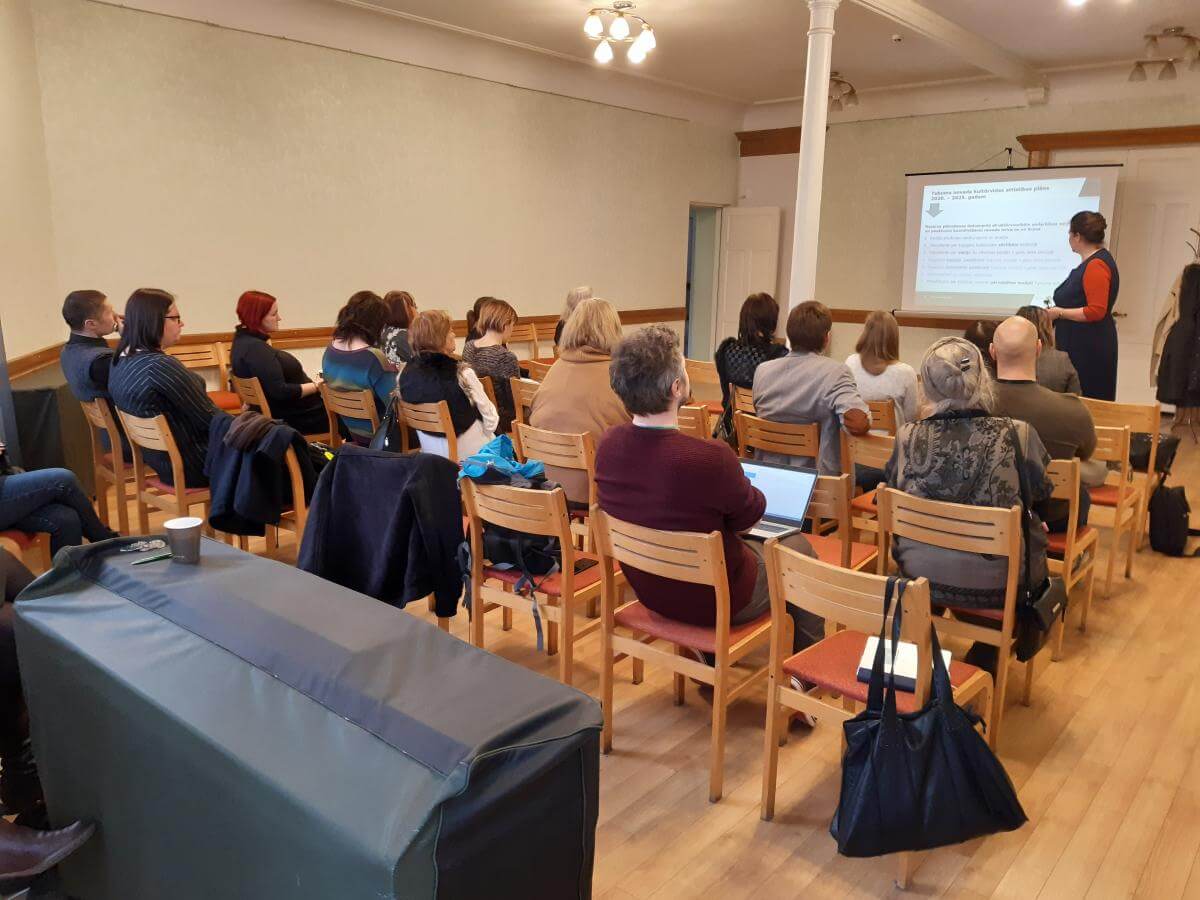

Take Art is a non-profit organisation that strives to engage and stimulate cultural life for people of all ages, abilities and backgrounds in Somerset County, England. The organisation uses a varitey of art forms, including dance, music, and theatre, to host performances, festivals, and workshops in communities throughout Somerset. The organisation also specialises in “rural touring” to support rural community development.
Rural touring is a service in which high-quality, professional art performances are collaboratively brought to local venues in rural communities, to give residents affordable access to the same cultural opportunities available in large cities. As noted by the organisation, “these events can help play a vital role in keeping villages alive and vibrant, strengthening communities and improving health and wellbeing.”

Improving cultural connections might lead to new economic, social and environmental spin-off opportunities and synergies. Creating positive cultural connections between different communities – especially between rural and urban areas – will make more accessible and visible the “way of life”, “art form”, “tangible heritage” and “intangible heritage”. This might lead to new or better interactions and exchanges that translate into new business models or ways of working together.
Often positive cultural connections will inspire and create new art products. As a result this can spin-off in generating new jobs and therefore stimulating the local economy.

Culture and cultural connections in all its forms support better, more sustainable tourism. And good cultural connections between rural and urban areas can balance tourism impacts, which has the potential to create a win-win proposition for the entire region.
In the last decades, over-tourism has considerably impacted some popular European destinations, with complex and long-term negative effects. Venice, Italy, is an exemplary case, but many other rural and urban destinations are also experiencing excessive pressure from unchecked tourism.
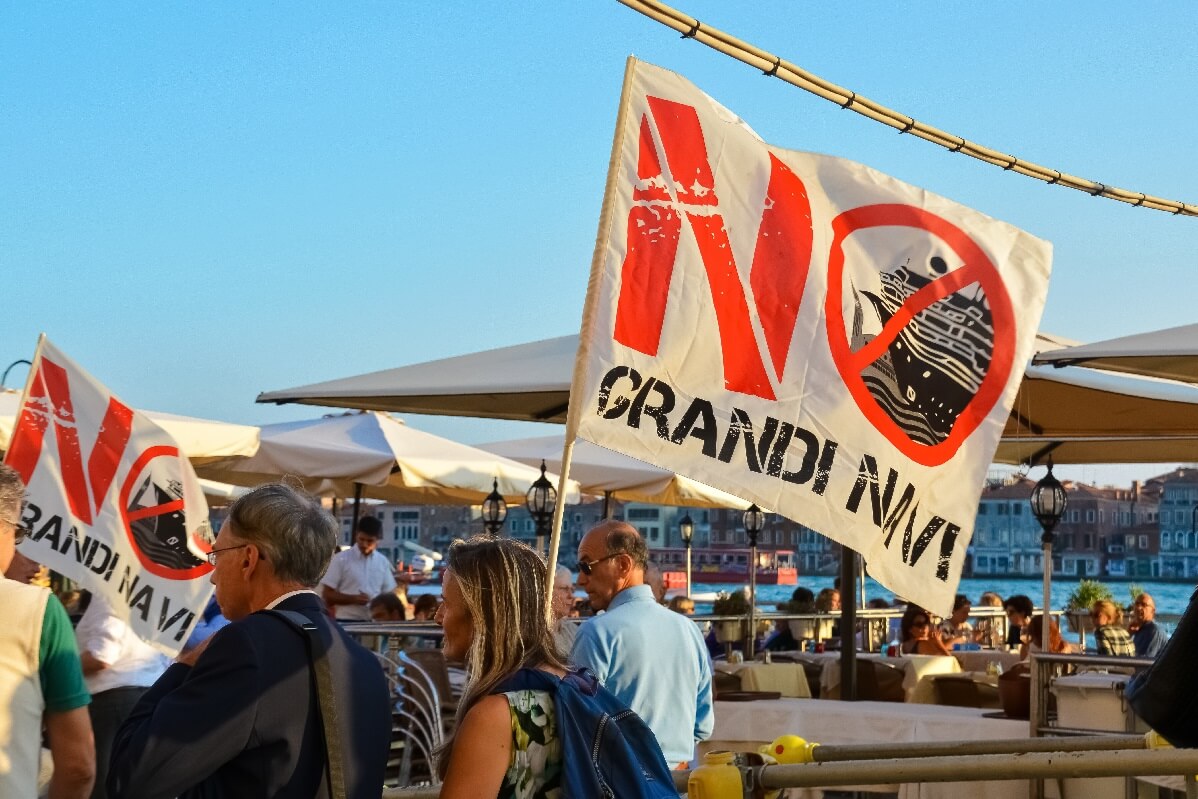
This issue can be addressed by developing good cultural connections in the region, particularly between rural and urban areas. The pressure on over-visited locations can be relieved by directing tourists to neighbouring destinations with similar cultural value and interest. However, this coordination requires an integrated approach for the regional cultural offer and good governance to ensure adequate resources and support so that it can be sustained over time.
Photo by Jeremy Zero on Unsplash

The Feel Florence App was developed by the Municipality of Florence as part of the Action Plan of the Partnership on Culture/Cultural Heritage for the Urban Agenda. The app indicates – in a real time heat map or data points – how intensely public spaces are being used in Florence, and suggests alternative activities to avoid over-crowded areas, like walks, events, and experiences on the city’s periphery and in the region.
The app was developed to help reduce over-tourism and its negative impacts. Although this approach is positive, it was noted that the app was not yet (June 2021) integrated with other tourism platforms at the regional level, such as www.visittuscany.com.

The Uffizi Gallery in Florence, Italy, is one of the most popular museums in the world with a daily (pre-COVID) vistitation rate of 12,000 visitors a day. Both the city and the gallery were struggling with overtourism. The Uffizi Diffusi project is tackling this issue by sharing its art works outside the Uffizi gallery building, and exhibiting them in spaces throughout Tuscany.
The aim is to “create a different type of tourism,” that will “ground culture in people’s daily lives.”(Julia Buckley, BBC Travel, March 2021). To do that, the gallery created a partnership programme with other institutions to which certain carefully researched and selected artworks will be loaned. Many towns and villages had nominated buildings that could potentially become exhibition spaces.
The project launched in summer 2021 when five locations received several paintings historically, geographically or culturally related with that site/area. The first exhibition, ‘Nel segno di Dante,’ is related to 700th anniversary of Dante’s death. The exhibition is housed in the hilltop Castle of the Guidi Counts (political allies of Dante) in Poppi. The paintings present themes and characters from the area where Dante spent time, and evoked in the Divine Comedy. In this way, the past and present are reconnected in multiple ways.
Contributors: Emils Kilis, Alexandru Matei
